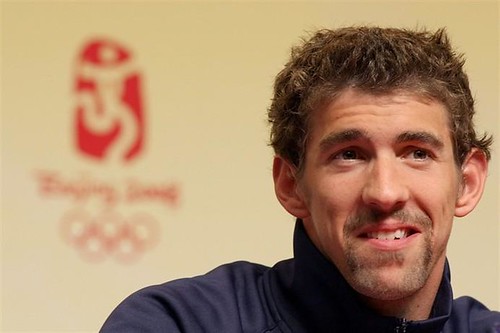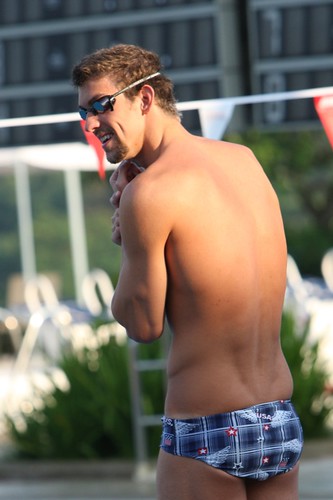Now, even if you have the best program in the world for this athlete, it wont matter if you are not taking into account what he/she is doing outside of training.
There are 168 hours in the week and maybe 2-4 of those hours are with you. This athlete could be completely sabotaging everything you've been working for and they don't even know it. Sad huh? But it is your responsibility to teach and make sure they DO know.
How are they 'completely sabotaging' their effort you may ask?
Posture is one of the most overlooked aspects that I see. They may move well when someone is watching but what about the rest of the day. How much activity are they getting? How much are they sitting, driving, on a computer? These types of things wreak havoc on an athletes ability to move and improve.
I see improper footwear all the time. I see all kinds of elevated heels, high tops and stiff soled shoes. If you are wearing high tops all the time you are asking for flat feet and knee problems. The ankle joint should be very mobile and if it is restricted (as with high tops, or taped ankles) the body will find another area for the movement to take place. Why do you think basketball players have so many knee problems (high tops reinforced with taped ankles=no good).
Also, elevated heels like shox, most basketball shoes, and dress shoes cause just as many issues. You want your athlete to perform well then get them in some shoes that are actually good for their feet.


Vs.
Atrocious

Diet is obvious but its necessary to cover, and absolutely pivotal for the athlete's health, recovery and performance during training and competition. Michael Phelps is a very famous athlete with incredible coaches. Even they were not aware of the diet plan he was using (at least I hope they weren't otherwise he needs a new nutritionist.)


These are only three, there are tons to look into. Now, I really don't think that you need to go probing into your athlete's lives too much, but the athletes need to be beat over the head with information (not literally). Teach good posture and let them know the benefits. Same with footwear and diet. If you don't know, refer out, find some good resources.
Go here. John Berardi is the best nutrition guy I know of.
http://precisionnutrition.com/cmd.php?pageid=778229
This is a starter course that most anyone can learn from. (Especially those of you out there that are reading this and think you already know everything, someone is always going to know more, put the ego aside for two seconds and realize it only makes you an intolerable @$$ that wont be able to learn or teach anything well.)
http://precisionnutrition.com/cmd.php?pageid=778229&u=c
Okay, That is all for today.
"The man who thinks he can, and the man who thinks he can't are both right."


No comments:
Post a Comment